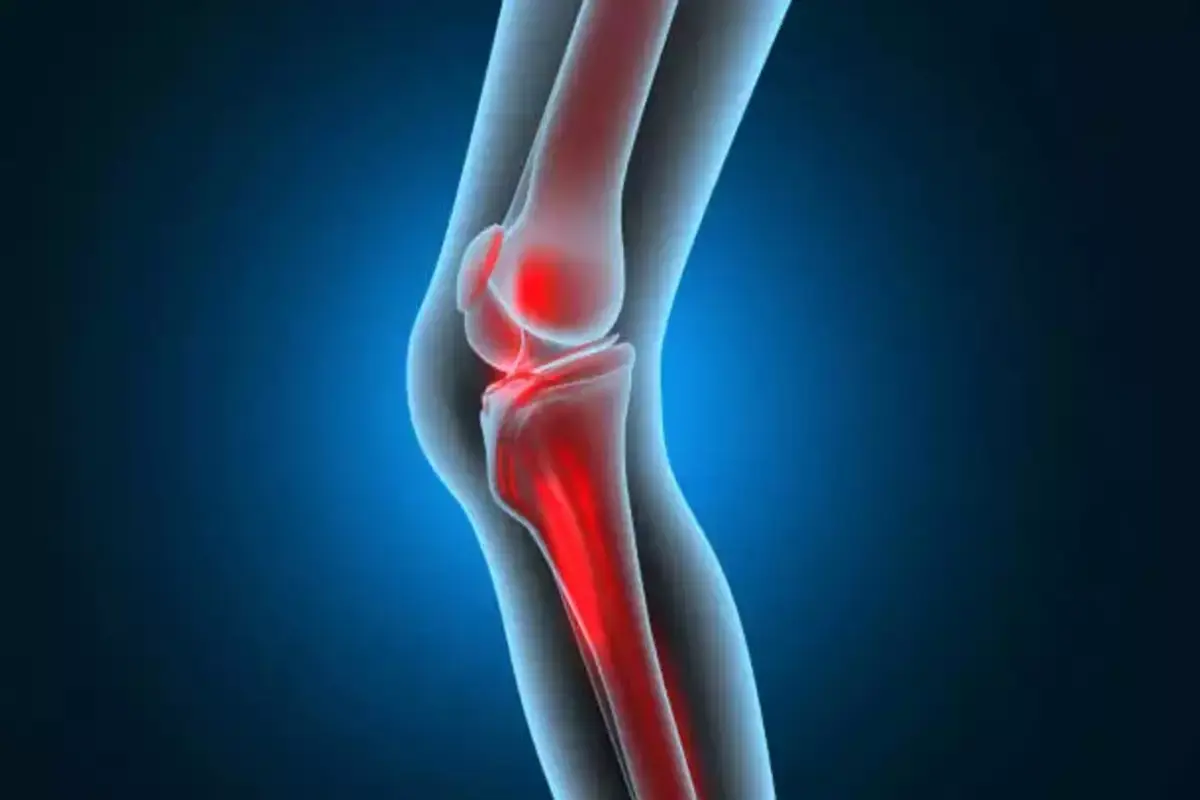
One Billion People Globally To Have Osteoarthritis
According to recent research that was published in the journal The Lancet Rheumatology, by the year 2050, nearly one billion people worldwide are expected to have osteoarthritis, which affects the joints.
The study determined that 15% of people worldwide who are 30 years of age or older currently have osteoarthritis after analyzing data from more than 200 countries collected over a period of 30 years (1990-2020).
According to a study conducted as part of the Global Burden of Disease Study 2021 and led by the Institute for Health Metrics and Evaluation (IHME), Washington, US, 595 million people worldwide were found to have osteoarthritis in 2020, a 132% increase from 256 million people in 1990.
The study primarily blamed population growth, aging, and obesity for the sharp rise in osteoarthritis cases.
According to Jaimie Steinmetz, the study’s corresponding author and the lead research scientist at IHME, “we need to anticipate stress on health systems in most countries given the key drivers of people living longer and a growing world population.”
The study’s findings demonstrated that obesity, or having a high body mass index (BMI), was a significant risk factor for osteoarthritis, and that this role had grown over time as obesity rates had risen.
Obesity was discovered to be the cause of 16% of osteoarthritis disability in 1990, which had increased to 20% in 2020, the first year of the study.
According to the study, if obesity in the population were to be effectively addressed, the burden of osteoarthritis worldwide could be reduced by an estimated 20%.The role that physical inactivity plays in obesity and pain associated with osteoarthritis can have opposite and unintended negative cycles.
“For example, being physically active can prevent injuries earlier in life and can even be beneficial for someone with joint pain. It’s counterintuitive, but having joint pain doesn’t mean we should remain sedentary,” said Liane Ong, lead research scientist at IHME, who supervised and co-authoured the study.
Hips and knees were found to be the joints most frequently affected by osteoarthritis, and the study predicts that this will also be the case by 2050. According to the study, women are more likely than men to struggle with this condition. In 2020, women made up 61% of osteoarthritis cases while men made up 39%. There are several potential causes for this gender difference.
“The reasons for gender differences in osteoarthritis prevalence are being investigated, but researchers believe that genetics, hormonal factors, and anatomical differences play a role,” said Jacek Kopek, the study’s senior author and professor in the School of Population and Public Health at the University of British Columbia, Canada.
The authors noted that because there is currently no effective treatment for osteoarthritis, prevention and early intervention strategies needed to be prioritized. This included making costly, efficient treatments like joint replacements more accessible in low- and middle-income countries.
In order to identify vulnerable populations, address the causes of obesity, and develop management strategies to stop or slow the progression of osteoarthritis, they said, health care systems and governments have a chance to get involved.
Also Read: Researchers Discover Four New Genes Associated With Breast Cancer, Read Here To Know More
To read more such news, download Bharat Express news apps






































